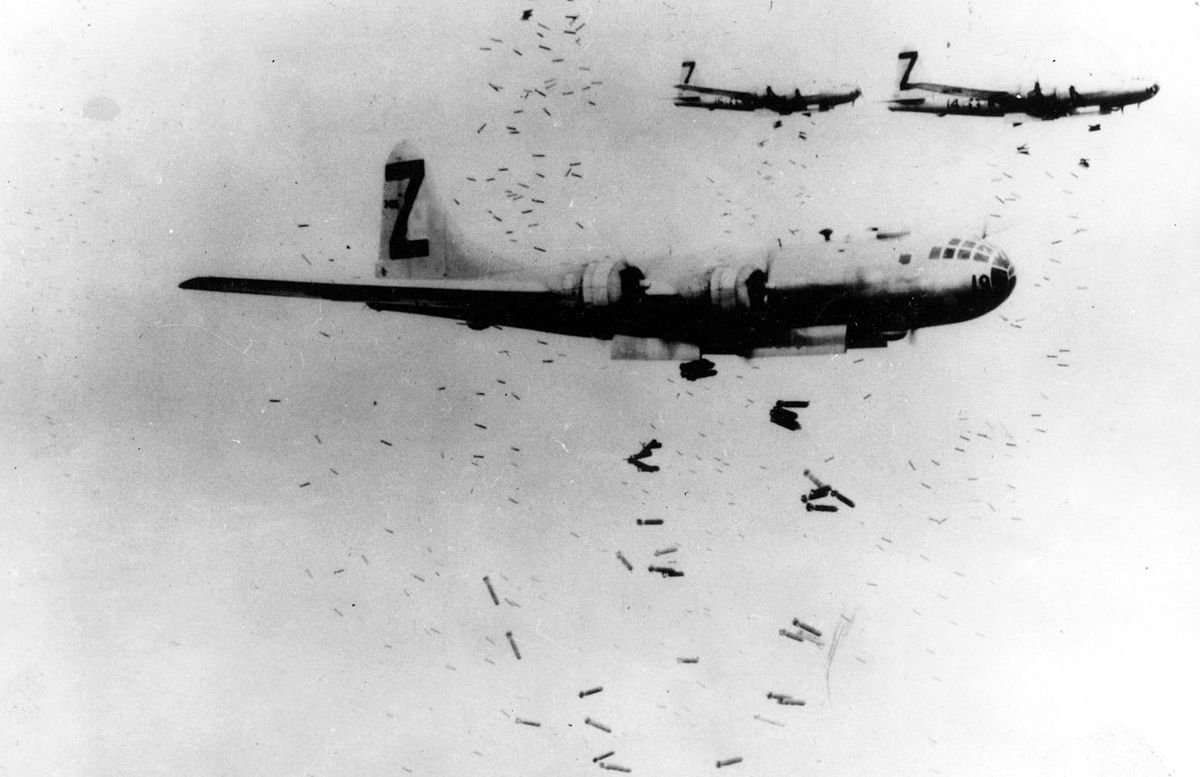
Bombing of the Japanese Islands
American bombing campaign of Japan
18 April 1942 - 15 August 1945
During World War Two, the Allies executed many bombing raids on Japan, which caused hundreds of thousands of deaths and extensive property damage in Japanese cities. Although during the first years of war such attacks were rare, strategic bombing began in the autumn of 1944 and continued throughout 1945, until the Japanese surrender.

1 of 3
Moral issues did not trouble the Superfortress crews or their commanders: with characteristic youthful facetiousness, every member of the 330th Bomb Group was presented with a certificate declaring that he, ‘having visited the Japanese emperor a total of … times to pay his respects with H.E., incendiaries and C-ration cans, having helped to clear the Tokyo slums and having aided in the spring plowing is hereby inducted into the royal and rugged order of EMPIRE BUSTERS.’
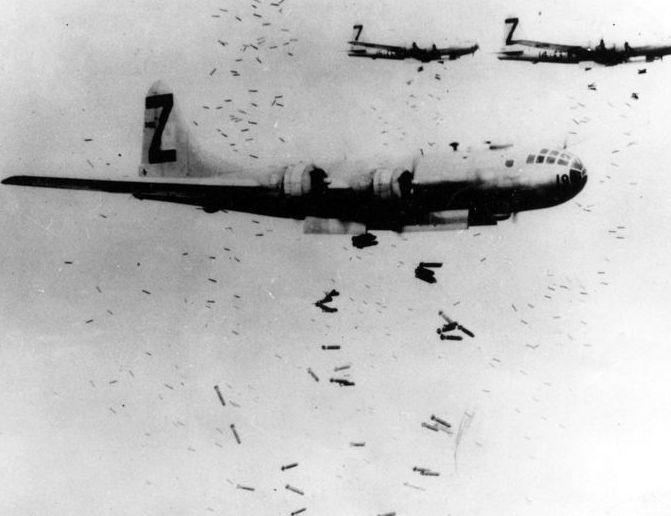
2 of 3
In the fourteen months of the USAAF bombing campaign against Japan, 170,000 tons of bombs were dropped, most of them in the last six months; 414 B-29s were lost and 3,015 crew killed; about a hundred Japanese died for each American flier, and sixty-five Japanese cities were reduced to ashes.
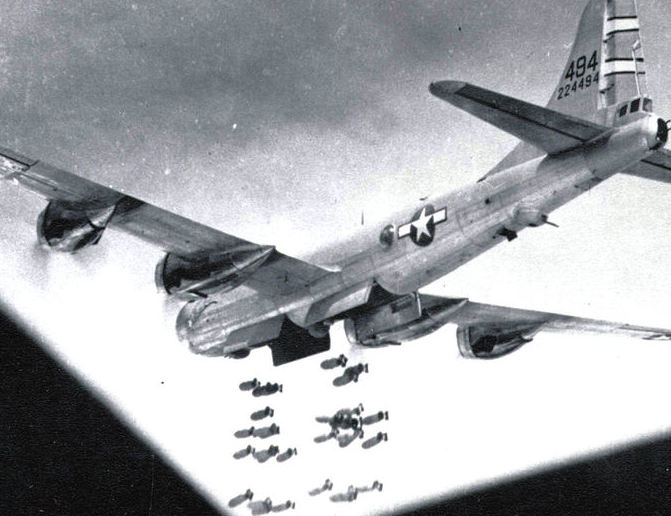
3 of 3
In 1944 the war closed in on the people of the Home Islands like the clouds of Mount Fujiyama and enshrouded them the following year. In autumn 1944, B-29s began to appear over Japan. But, at this stage, they were too few in number and their bombardments too imprecise to be more than a nuisance. Yet, despite the efforts of Japanese interceptors and anti-aircraft fire, the great silver machines came back again and again.
The early raids from the Marianas showed the Japanese people far more dramatically than the prior small air raids based from China that the American air force could now reach the home islands. There was considerable damage, but this was not at all as bad as what Germany had had to endure. Two American operations altered the situation in the air war against Japan dramatically. The landing on Iwo Jima provided an intermediate step, and allowed the stationing of fighters to escort the bombers to Japan. This later became important because of a second measure adopted: flying low in order to carry masses of incendiaries to burn Japanese industry out instead of flying high to destroy factories with explosive bombs. The two operations proved dramatic indeed.

1 of 4
The American bombers were out of range of Japanese anti-aircraft fire and beyond the altitude most fighters could reach, but the distance and weather took their toll, and most of the bombs dropped from 30,000 feet and even higher missed the aircraft factories and other targets at which they were aimed.
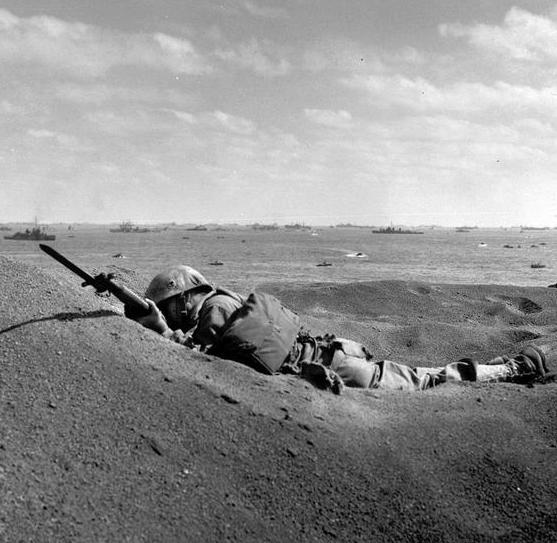
2 of 4
The Americans had long looked toward a landing on Iwo Jima as the best place in the Bonins for an intermediate base for the air, sea and land attack on Japan. The Japanese could readily see the identical geographic realities. They had developed a complicated series of defenses, most of them underground, to fight any American landing force.

3 of 4
The bombing of the Japanese home islands from the Marianas — one of the main purposes of the American landings there in June 1944 — had begun in the autumn. The Superfortress bomber had been especially designed for long-range attacks on Japan, and bases were being built on Saipan, Guam and Tinian to accommodate the big bombers when they became available from the factories, and when those previously assigned to Chinese airports were transferred to the Marianas in early 1945.
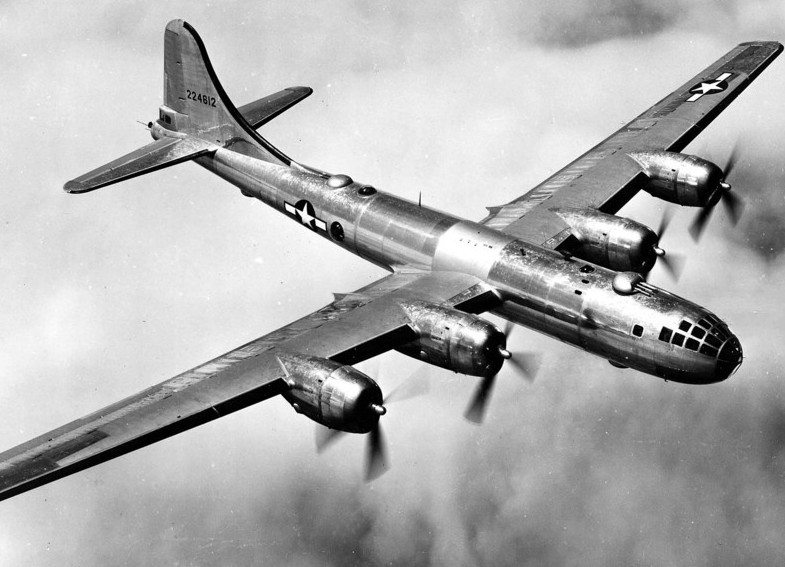
4 of 4
The B-29 bombing effort from the Marianas had originally been something of a disappointment. From October 1944 into early 1945 a series of raids had produced some effects, especially on the Japanese aircraft industry against which it was primarily aimed. However, they did not bring anywhere near the results hoped for. At the same time they suffered considerable losses to fighters, from anti aircraft fire, and — most of all — weather, accidents, and other operational problems.
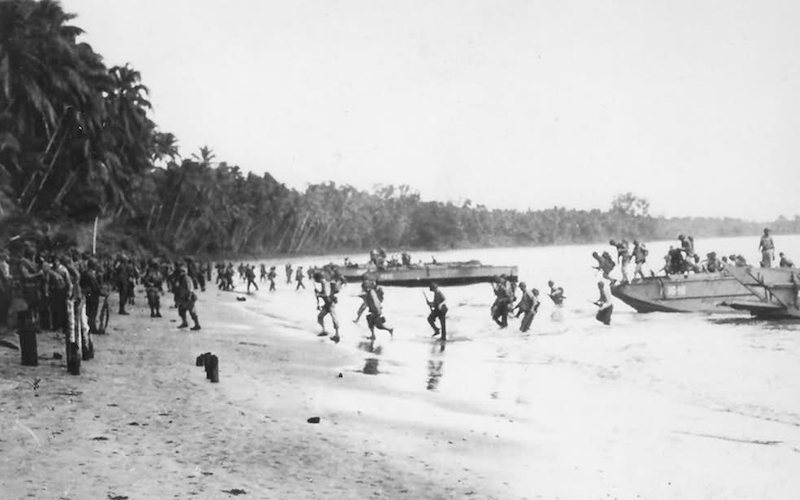
Guadalcanal Campaign
After the Japanese defeat at Midway US forces took the initiative and landed on the island of Guadalcanal, a strategic location were the Japanese had built an important airfield. The fighting was brutal. Victory at Guadalcanal enabled the Allies to gain the strategic initiative needed to mount other offensive operations against Japan.
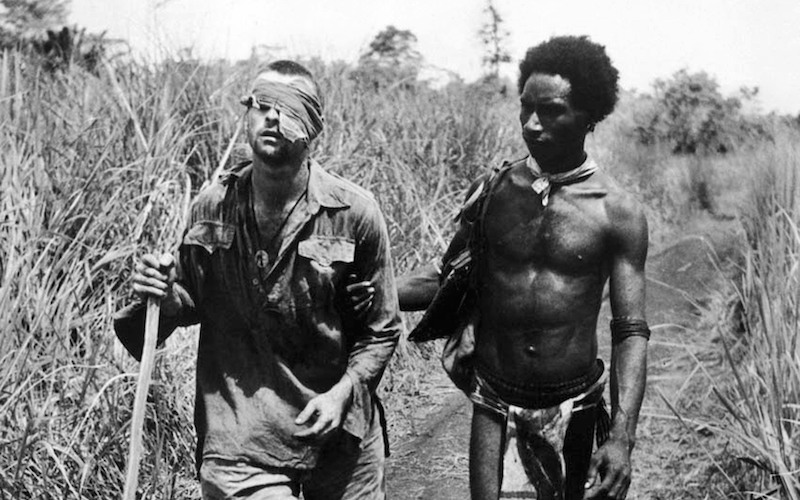
New Guinea Campaign
After the Japanese invasion of New Guinea the Americans, aided by Australian troops, organized a series of landings and other offensive actions against the Japanese in New Guinea. The long and arduous campaign was over when the Japanese forces surrendered in August 1945.
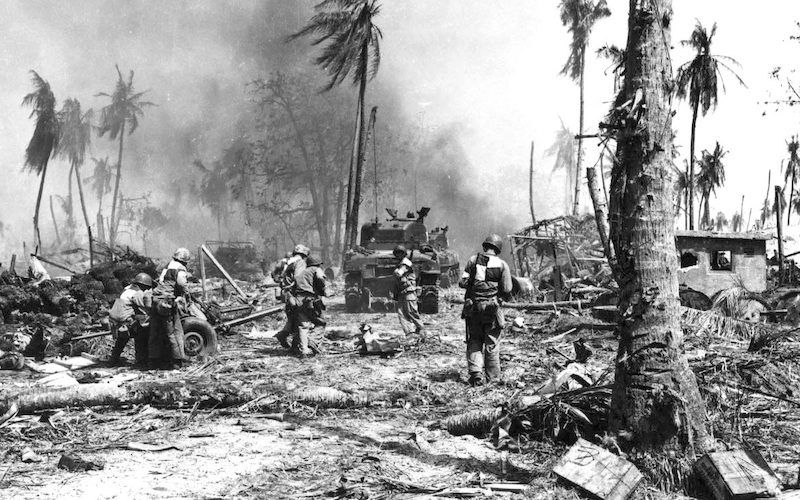
Allied offensives in the Pacific during 1943-44
After the victories at Midway and Guadalcanal in 1942 the US forces gained the initiative over the japanese. Over the next 2 years carefully staged offensives in various island groups in the Pacific were initiated. The American forces and their allies slowly but steadily pushed back the Japanese towards Japan's home islands.
- Andrew Roberts, The Storm of War: A new history of the Second World War, Penguin Books, London, 2009
- Gerhard L. Weinberg, A World at Arms A Global History of World War Two, Cambridge University Press, Cambridge, 1994
- Williamson Murray, Allan R. Millett, A War To Be Won Fighting the Second World War, Belknap Press, Cambridge, Massachusetts, 2000
- Max Hastings, All Hell Let Loose: The World at War 1939-45, HarperCollins Publishers, London 2011





